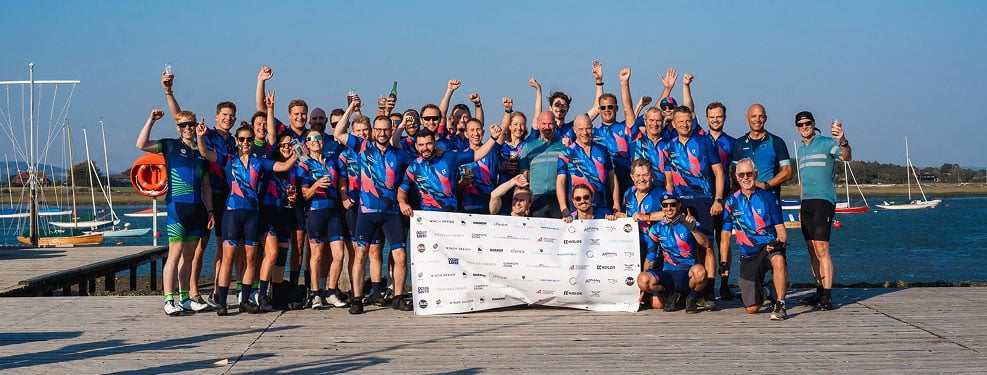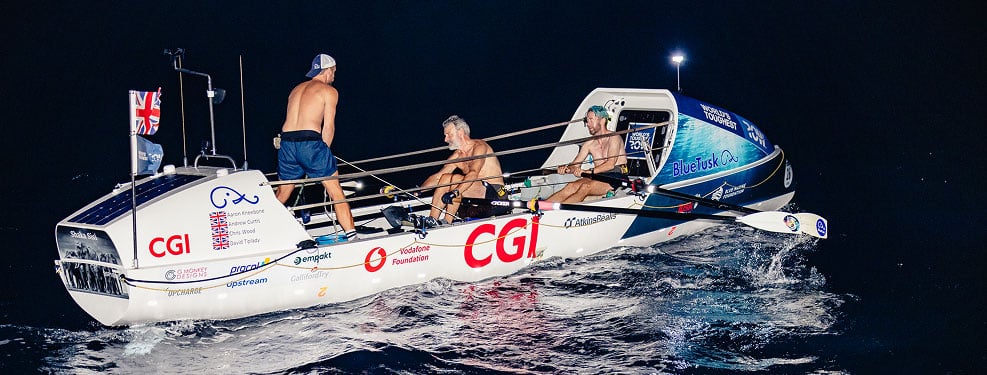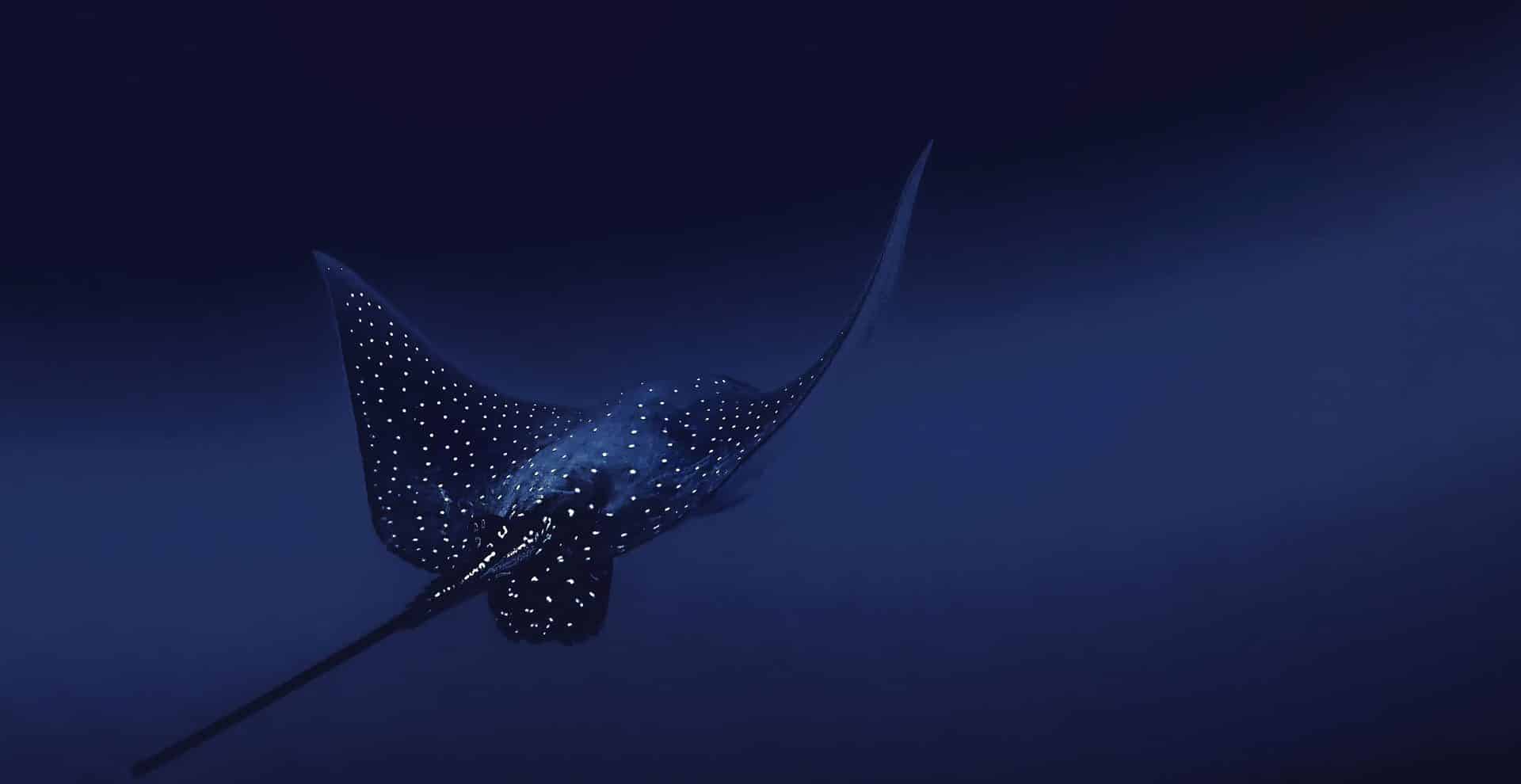Get some inspiration
-
Blue Challenges

Since 2016, Blue Marine have held exhilarating fundraising events to bring together ocean-loving people from everywhere and anywhere.
The Solent WaveSince 2016, Blue Marine have held exhilarating fundraising events to bring together ocean-loving people from everywhere and anywhere. Over £2.5m has been raised through the incredible London to Monaco, South Coast Challenge, Ventoux Challenge and London to Solent, thanks to our riders, event partners and sponsors. We have been lucky enough to have been joined on these events by royalty and celebrities including Eddie Jordan, Poppy Delavingne, James Blunt, Simon Le Bon, Prince Eugenie, Lady Amelia, Mike and Zara Tindall and H.S.H Prince Albert II of Monaco.
Join us for a brand-new adventure in 2025
-
Blue Challengers

Over the years, we’ve had people rowing across the Atlantic ocean to raising money for their birthday in support of Blue Marine’s work.
fundraisingWhether you want to host your own event or join a pre-existing event, follow the link below to set up your fundraising page, or contact Hamish Mackay at hamish@bluemarinefoundation.com
Blue Challenge stories
In case you need inspiration, have a look at the outstanding stories of people like you who wanted to make a difference and made it.
The ocean can recover faster than anyone thought possible. It can thrive beyond our wildest dreams. If it is left alone it can bounce back.
David Attenborough
